Home>Garden Essentials>How To Collect Heirloom Seeds
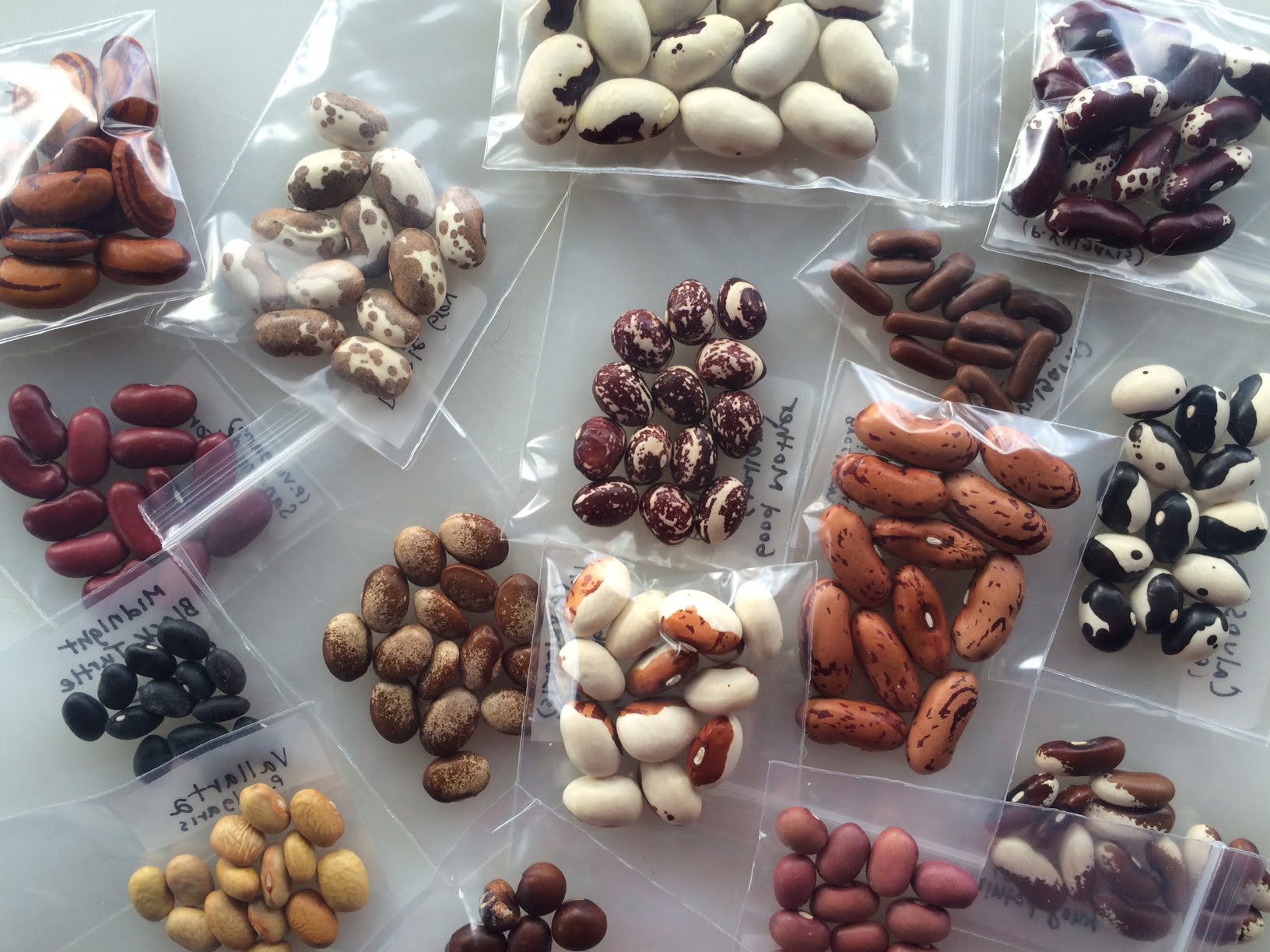

Garden Essentials
How To Collect Heirloom Seeds
Modified: August 27, 2024
Learn how to collect heirloom seeds for your garden and preserve the genetic diversity of your plants. Discover the secrets of saving seeds for future generations.
(Many of the links in this article redirect to a specific reviewed product. Your purchase of these products through affiliate links helps to generate commission for Storables.com, at no extra cost. Learn more)
Introduction
Welcome to the fascinating world of heirloom seeds! If you’re a passionate gardener or someone who values biodiversity and sustainability, then collecting heirloom seeds is an enriching and rewarding endeavor. In this article, we will delve into the concept of heirloom seeds, the importance of collecting them, and provide you with a step-by-step guide on how to effectively collect and store these precious seeds for future use.
Heirloom seeds, also known as heritage seeds, are an integral part of our gardening heritage. They are open-pollinated plants that have been handed down through generations, carefully nurtured and saved for their unique traits, flavors, and adaptability. Unlike hybrid seeds, which are the result of controlled crossbreeding, heirloom seeds offer a sense of history and preserve the genetic diversity of plants.
Why should you consider collecting heirloom seeds? For starters, they help maintain and conserve plant diversity. Many commercial seed varieties available today are hybrids, bred for specific traits like uniformity, disease resistance, or long shelf life. While these traits have their merits, they often come at the cost of flavor, nutritional value, and adaptability. By collecting heirloom seeds, you are preserving rare and unique varieties that might otherwise disappear.
Another compelling reason to collect heirloom seeds is the sheer joy of growing your own food and experiencing the full flavor and quality that can be achieved with these traditional varieties. Many heirloom plants have stood the test of time and have been prized for their exceptional taste and aroma. From vibrant heirloom tomatoes to fragrant herbs and colorful flowers, these seeds allow us to connect with our food in a deeply satisfying way.
Furthermore, collecting and saving heirloom seeds promotes self-sufficiency and sustainability. When you save seeds from your harvest, you no longer have to rely solely on purchasing seeds or seedlings each year. Instead, you become an active participant in the cycle of life, nurturing plants from seed to harvest and preserving the continuity of your favorite varieties.
Now that we understand the importance of collecting heirloom seeds, let’s explore the step-by-step process of how to effectively gather, store, and share these living treasures. Whether you’re a beginner or a seasoned gardener, this guide will equip you with the knowledge and confidence to embark on your own heirloom seed collection journey.
Key Takeaways:
- Heirloom seeds are vital for preserving plant diversity, flavor, and adaptability. Collecting, storing, and sharing these seeds connects us to our gardening heritage and promotes a sustainable future.
- Research, source, and organize heirloom seeds to ensure their longevity. Engage in seed swaps, educate others, and document your journey to contribute to the collective stewardship of these precious genetic resources.
Read more: How To Plant Heirloom Seeds
What are heirloom seeds?
Heirloom seeds are seeds that have been passed down through generations, carefully preserved and saved for their distinct traits and characteristics. They are open-pollinated plants, meaning they are pollinated by natural means such as wind or insects, allowing for a diverse genetic makeup within each plant.
These seeds have a rich history and are often associated with traditional farming practices and regional cultures. They can trace their lineage back decades, if not centuries, and have been cultivated and selected for their unique flavors, adaptability to local growing conditions, and aesthetic qualities.
One of the defining features of heirloom seeds is their stability. Unlike hybrid or genetically modified seeds, heirlooms remain true to type, meaning that the plants grown from these seeds will closely resemble their parent plants. This stability allows gardeners and farmers to continue the legacy of a particular variety year after year.
Heirloom seeds come in a wide range of types, including vegetables, fruits, herbs, and flowers. Each seed variety carries its own story and provides an opportunity to connect with the past while nurturing it for the future.
When it comes to vegetables, heirloom seeds offer a vast array of choices. From the vibrant hues of Purple Cherokee tomatoes to the crisp, sweet flesh of Danvers carrots, heirloom vegetables often exhibit unique colors, shapes, and flavors that are distinct from their hybrid counterparts. These varieties can add a touch of nostalgia and diversity to your garden and dinner table.
In the realm of fruits, heirloom seeds provide access to old-world flavors that have been treasured for generations. The juicy, tangy profile of Brandywine tomatoes, the aromatic sweetness of Williams Pride apples, or the delicate fragrance of Hale’s Best Jumbo melons are just a few examples of the superb taste experiences that heirloom fruits can offer.
Herbs are another category where heirlooms shine. Varieties such as Genovese basil, German chamomile, and Lemon balm have been lovingly cultivated and cherished for their unique aromatic and medicinal qualities. Growing these herbs from heirloom seeds allows you to savor their rich history and connect with ancient traditions.
Lastly, the world of heirloom flowers is a treasure trove of beauty and nostalgia. Whether it’s the romantic charm of old-fashioned roses, the cheerful blooms of zinnias, or the delicate petals of heirloom sunflowers, these flowers bring a touch of heritage and enchantment to any garden or floral arrangement.
When it comes to heirloom seeds, the possibilities are endless. By sowing these seeds, you not only continue the cultivation of rare and unique plants but also become an active participant in preserving our gardening heritage. The joy of growing and sharing heirloom varieties is an experience that connects us to the past while nurturing a sustainable future.
Importance of collecting heirloom seeds
Collecting heirloom seeds is not just a nostalgic pursuit, but also an essential effort to preserve biodiversity, promote sustainability, and ensure food security. Here are some key reasons why collecting heirloom seeds is important:
1. Genetic diversity: Heirloom seeds play a crucial role in maintaining genetic diversity in our plant species. With the rise of industrial agriculture and the increased use of hybrid and genetically modified seeds, many traditional seed varieties have been lost or replaced. By collecting heirloom seeds, we are helping to protect and preserve a wide range of plant genetics, ensuring the continuation of unique traits and characteristics that may be valuable for future generations.
2. Flavor and quality: Heirloom seeds are often prized for their exceptional flavor, aroma, and overall quality. Unlike many hybrid varieties that have been bred for traits like uniformity or long shelf-life, heirloom seeds offer a greater variety of flavors and textures. From the rich, complex taste of heirloom tomatoes to the aromatic herbs and spices, these seeds allow us to experience the true essence of our food and rediscover the pleasure of fresh, high-quality produce.
3. Adaptability: Heirloom seeds have been passed down through generations and have proven their adaptability to various growing conditions, climates, and pests. This adaptability is valuable in an ever-changing environment where unpredictable weather events and new plant diseases pose ongoing challenges to food production. By collecting and growing heirloom seeds, we can foster resilient plants that are better equipped to withstand these challenges without the need for excessive chemical inputs.
4. Food security: In a world where global food systems are increasingly controlled by large corporations and limited to a few dominant crop varieties, collecting heirloom seeds is a way to regain control over our food supply. By diversifying the plant varieties we grow and eat, we reduce the risk of relying on a single crop that may be susceptible to failure or disease. Heirloom seeds give us the power to grow and share our own food, ensuring food security at the individual and community level.
5. Cultural heritage: Heirloom seeds often have deep cultural and historical significance. They connect us to our heritage, traditions, and the knowledge passed down by our ancestors. By collecting and preserving heirloom seeds, we honor the wisdom and practices of those who came before us, and we contribute to the preservation of agricultural traditions that are in danger of being forgotten.
6. Local economy: Collecting heirloom seeds promotes the growth of local, small-scale farming and gardening. By supporting local seed savers and heirloom seed companies, we contribute to the vitality of local economies, encourage sustainable agricultural practices, and strengthen the resilience of local food systems.
Overall, collecting heirloom seeds is a way to protect our agricultural heritage, promote biodiversity, and ensure a sustainable future. By cultivating and sharing these precious seeds, we become stewards of our natural resources and active participants in shaping a resilient and flavorful world of plants.
Step 1: Researching heirloom seed varieties
Before you start collecting heirloom seeds, it’s important to do your research and familiarize yourself with the wide array of varieties available. Here are some steps to help you in your research:
1. Determine your gardening goals: Consider what you want to achieve with your garden. Are you looking to grow a diverse selection of vegetables, fruits, herbs, or flowers? Are you interested in preserving specific heirloom varieties with cultural or historical significance? Clarifying your gardening goals will guide your research and help you focus on the types of heirloom seeds that align with your interests.
2. Explore heirloom seed catalogs: An excellent starting point for researching heirloom seeds is through seed catalogs, either in print or online. Many reputable seed companies specialize in heirloom varieties and provide detailed descriptions, growing tips, and historical information for each seed type. Browse through these catalogs to discover a wide range of options and make note of varieties that capture your attention.
3. Seek local resources: Local gardening groups, farmers’ markets, and agricultural extension offices can provide valuable information about heirloom seeds that are well-suited to your specific region. They may also offer advice on growing techniques and local seed swaps or exchanges where you can find locally adapted heirloom varieties.
4. Join online gardening forums: Online gardening communities and forums are a wealth of information and resources. Connect with other gardeners who have experience with heirloom seeds and learn from their knowledge and insights. These forums also offer an opportunity to ask questions, seek recommendations, and exchange seeds with other enthusiasts.
5. Consider climate and growing conditions: When researching heirloom seeds, it’s crucial to consider your local climate and growing conditions. Different varieties have unique preferences for temperature, sunlight, soil type, and water requirements. Make sure to select seeds that are well-suited to your specific environment to maximize your chances of success.
6. Learn about seed-saving practices: Part of the allure of heirloom seeds is the ability to save and exchange them, preserving their genetic diversity for future generations. Educate yourself about seed-saving techniques specific to the types of plants you’re interested in growing. Understanding the requirements for pollination, isolation distances, and proper seed storage will ensure you can successfully collect and save your own heirloom seeds in the long run.
By taking the time to thoroughly research heirloom seed varieties, you will not only expand your knowledge but also discover a fascinating world of diverse, flavorful, and historically significant plants. Through this step, you’ll be equipped with the necessary information to make informed decisions about which heirloom seeds to collect and grow in your own garden, setting the foundation for a successful seed-saving journey.
Step 2: Sourcing heirloom seeds
Once you’ve conducted your research and identified the heirloom seed varieties you want to grow, the next step is to source the seeds. Here are some methods for finding and acquiring heirloom seeds:
1. Seed catalogs: Many seed companies specialize in heirloom seeds and offer a wide variety of options in their catalogs. These catalogs provide detailed descriptions, growing instructions, and often include the historical background of each seed variety. Ordering from reputable seed companies ensures the quality and authenticity of the seeds you receive.
2. Online seed exchanges and marketplaces: The internet has made it easier than ever to connect with fellow gardeners and seed savers. Online seed exchanges and marketplaces provide a platform to buy, sell, or trade heirloom seeds with other enthusiasts from around the world. This is a great way to access unique varieties that may not be available through commercial seed companies.
3. Local farmers’ markets and seed swaps: Visit local farmers’ markets or community events that feature seed swaps. Here, you can connect with local growers and seed savers who may have a variety of heirloom seeds available for purchase or exchange. These events are not only a great way to source seeds but also an opportunity to share knowledge and network with other gardeners in your area.
4. Gardening clubs and organizations: Joining local gardening clubs or organizations can provide access to a network of experienced gardeners who may be willing to share their heirloom seeds or recommend trustworthy sources. These groups often organize seed swaps, plant sales, and educational events, creating a fantastic opportunity to connect with fellow gardeners and acquire heirloom seeds.
5. Family and community heritage: Reach out to family members, neighbors, and community members who have a history of gardening. They may have heirloom seeds passed down through generations or be aware of local resources where you can obtain heirloom seeds. Sharing and exchanging seeds within your community helps keep the tradition alive and strengthens community connections.
6. Saving seeds from farmers’ markets or your own harvest: If you come across interesting heirloom varieties at farmers’ markets or grow them in your own garden, you can save the seeds from the ripe and mature fruits or vegetables. Ensure that the plants have not been cross-pollinated with other varieties to maintain the purity of the heirloom seeds. This method allows you to collect seeds for future planting and creates a sense of continuity by keeping the cycle of seed saving alive.
Remember, when sourcing heirloom seeds, it’s crucial to prioritize the authenticity and quality of the seeds. Take the time to verify the reputation of the seed sources to ensure that you are acquiring genuine heirloom seeds that will produce the plants with the desired traits. By utilizing a combination of these methods, you can access a diverse selection of heirloom seeds and embark on an incredible gardening journey filled with historic, flavorful, and unique plant varieties.
Read more: What Are Heirloom Seeds
Step 3: Properly storing heirloom seeds
Properly storing heirloom seeds is crucial for maintaining their viability and ensuring they remain viable for future use. Here are some important steps to follow when storing your heirloom seeds:
1. Harvest seeds at the right time: Before storing heirloom seeds, it is essential to harvest them at the correct stage of maturity. Seeds should be fully mature and dry on the plant. Avoid harvesting seeds when they are still green or moist, as this can lead to mold or fungal growth during storage.
2. Clean and dry the seeds: It’s important to remove any debris or plant material from the harvested seeds before storing them. Gently clean the seeds by removing excess pulp or chaff. After cleaning, spread the seeds out in a single layer and allow them to air dry completely. Ensure that the seeds are completely dry to prevent any moisture-related issues in storage.
3. Choose suitable storage containers: Select containers that are airtight and resistant to moisture, such as glass jars with tight-fitting lids, sealed plastic bags, or metal tins. It’s important to use clean and sterilized containers to prevent the introduction of pests or diseases. Avoid using containers made of materials that may transfer odors or chemicals to the seeds.
4. Add desiccants: To further safeguard against moisture, consider adding desiccant packets or silica gel to the storage containers. These help absorb any excess moisture and maintain a dry environment, reducing the risk of seed deterioration due to mold or fungal growth.
5. Label and date the containers: Clearly label each storage container with the name of the seed variety, the date of harvest, and any other relevant information. This ensures that you can easily identify and track the seeds, allowing for proper rotation and use of older seeds first.
6. Store seeds in a cool and dark location: Proper storage conditions are essential for maintaining seed viability over time. Choose a cool, dark, and dry location for storing your heirloom seeds. Ideal temperatures range from 32°F to 41°F (0°C to 5°C), such as a cool basement, refrigerator, or freezer. Keep the seeds away from direct light, as exposure to light can shorten their storage life.
7. Check and test seed viability regularly: Periodically check the stored seeds for signs of deterioration or loss of viability. Some seeds have a longer shelf life than others, but it’s generally recommended to test germination rates every two to three years. Conduct a simple germination test by placing a sample of seeds on a damp paper towel or in a seed tray and observing the percentage of seeds that successfully germinate.
8. Plan for seed rotation: As you collect and store heirloom seeds over time, it’s important to practice seed rotation. Use older seeds first to ensure they are planted when their viability is highest. This also allows you to continually refresh your seed collection with newly harvested seeds each year.
By following these steps and implementing proper storage techniques, you can preserve the long-term viability of your heirloom seeds, ensuring that they remain viable for many planting seasons to come. Storing seeds properly safeguards the genetic diversity and heritage of these precious plant varieties.
When collecting heirloom seeds, make sure to let the plant fully mature before harvesting the seeds. Once harvested, store them in a cool, dry place to maintain their viability.
Step 4: Harvesting heirloom seeds
Harvesting heirloom seeds is a crucial step in the seed-saving process. Proper harvesting techniques ensure the seeds are mature, fully developed, and ready for storage. Here are some essential steps to follow when harvesting heirloom seeds:
1. Know the seed maturity: It’s important to know when the seeds of your heirloom plants are fully mature and ready for harvest. Different plant varieties have different indicators of seed maturity, such as changes in color, drying of seed pods, or dryness and brittleness of fruits. Research the specific signs of seed maturity for the plants you are growing to determine the optimal harvest time.
2. Allow seeds to ripen on the plant: To ensure the highest quality seeds, allow them to ripen fully on the plant. Avoid harvesting seeds prematurely, as they may not have reached their full size or have the necessary maturity to germinate successfully. Monitor the progress of your plants and only collect seeds once they have reached their peak ripeness.
3. Collect seeds from healthy plants: Choose plants that are vigorous, disease-free, and have exhibited desired traits throughout the growing season. Plants that are stressed, diseased, or show signs of poor health may produce seeds that are of lower quality or have a lower chance of successful germination. Select the best plants for seed collection to ensure the highest chances of preserving desirable traits.
4. Be cautious of cross-pollination: Most heirloom plants are open-pollinated, meaning they can be pollinated by insects or wind. To maintain the genetic purity of your heirloom seed collection, it’s essential to minimize the chance of cross-pollination with other varieties of the same plant species. Either isolate different varieties from each other or hand-pollinate flowers to control the pollination process.
5. Remove seeds from the plant: Carefully remove the ripe seed heads or pods from the plant. For plants with dry seed pods, gently shake the pods or use your fingers to release the seeds. For fruits or vegetables with seeds, scoop out the seeds with a spoon or squeeze the fruits to extract the seeds. Be gentle to avoid damaging the seeds or their surrounding structures.
6. Clean and dry the seeds: After harvesting, it’s important to remove any remaining plant material from the seeds. Separate the seeds from the chaff or pulp by hand or using sieves. You can clean the seeds further by rinsing them with water and allowing them to air dry completely. Ensure the seeds are thoroughly dry before proceeding with storage to prevent mold or fungal growth.
7. Handle seeds with care: When handling seeds, it’s important to minimize physical damage, moisture, or exposure to light. Avoid dropping or rough handling that can harm the delicate seeds. Store harvested seeds in clean and dry containers to prevent moisture absorption, which could lead to deterioration.
8. Keep accurate records: Label each container with the variety, date of harvest, and any other relevant information. This helps you keep track of the seed’s origin, characteristics, and any special considerations for future planting or sharing. Maintaining accurate records is essential for effective seed stewardship.
By following these steps, you will ensure that the seeds you harvest from your heirloom plants are of the highest quality and ready for storage. Harvesting heirloom seeds is an important part of preserving these treasured plant varieties and maintaining their genetic diversity for future generations.
Step 5: Cleaning and preparing heirloom seeds for storage
Properly cleaning and preparing heirloom seeds for storage is essential to maintain their quality and viability. Here are the key steps to follow when cleaning and preparing your heirloom seeds:
1. Remove debris: Start by removing any debris, such as dried plant material or soil, from the harvested seeds. You can do this by gently rubbing the seeds between your fingers or by using fine mesh screens or sieves to separate the seeds from larger particles.
2. Winnowing: Winnowing is a technique used to separate lighter debris, such as chaff or empty seed casings, from the seeds. To winnow, gently pour the seeds and debris from one container to another in front of a fan or in a gentle breeze. The lighter chaff will blow away, leaving behind the heavier seeds.
3. Water separation: For seeds that have stubborn external debris or pulp, you can use a process of water separation. Place the seeds in a container of water and gently agitate them. Let the mixture sit for a few minutes, allowing the heavier seeds to sink to the bottom while the debris floats to the surface. Carefully pour off the floating debris and repeat the process until the water is clear.
4. Drying: After cleaning, ensure the seeds are completely dry before storage. Spread the seeds in a single layer on a clean, dry surface such as a paper towel or a mesh screen. Place the seeds in a well-ventilated area out of direct sunlight and allow them to air dry completely. It’s important to ensure the seeds are thoroughly dry to prevent mold or fungal growth during storage.
5. Test seed viability (optional): If you are unsure about the viability of the seeds, you can perform a germination test before storage. Place a sample of seeds on a moist paper towel or in a seedling tray and observe the percentage of seeds that successfully germinate. This will give you an idea of the seed’s viability and help you prioritize seeds for planting or storage.
6. Labeling and storage: Label your clean and dry seeds with the variety name and the date of harvest. Use waterproof and fade-resistant markers or labels to ensure the information remains legible over time. This labeling will help you keep track of seed information, rotation, and planting decisions in the future.
7. Choose suitable storage containers: Transfer the cleaned and dried seeds into suitable airtight containers, such as glass jars with tight-fitting lids or resealable bags. These containers will help protect the seeds from moisture, pests, and fluctuations in temperature. Place moisture-absorbing packets or silica gel inside the containers to help maintain a dry environment.
8. Proper storage conditions: Store the containers of seeds in a cool, dark, and dry place. Ideal storage temperatures range from 32°F to 41°F (0°C to 5°C). A cool basement, refrigerator, or freezer can provide suitable conditions for seed storage. Avoid storing seeds in areas that are prone to temperature fluctuations, excessive humidity, or direct sunlight.
Following these cleaning and preparation steps will help ensure that your heirloom seeds are free of debris and stored in optimal conditions for long-term viability. Properly cleaned and prepared seeds will be ready for future planting, seed sharing, and maintaining the genetic diversity of these treasured heirloom varieties.
Step 6: Labeling and organizing heirloom seeds
Labeling and organizing heirloom seeds is an important step to ensure easy identification, proper rotation, and efficient use of your seed collection. Here’s how you can effectively label and organize your heirloom seeds:
1. Use waterproof and permanent markers: When labeling your seed containers or envelopes, use waterproof and fade-resistant markers or pens. This ensures that the labels remain legible and intact over time, even in environments with humidity or moisture.
2. Record relevant information: Include important details on the labels, such as the variety name, the date of harvest or acquisition, and any specific growing instructions or notes. These details will be helpful for future reference and aid in the proper management of your seed collection.
3. Group seeds by type or planting season: Organize your seed collection by grouping seeds according to their type (vegetables, herbs, flowers), or by their planting season (spring, summer, fall). This organization system makes it easier to locate specific seeds when planning your garden or selecting seeds for sharing.
4. Consider using seed organization tools: There are various tools available to help you organize your seed collection, such as seed storage boxes, index cards, or seed organization software. Choose the method that works best for you and allows for easy access and retrieval of your seeds.
5. Create a seed inventory: Keep a record or spreadsheet of your seed inventory. This will help you keep track of the seeds you have on hand, their quantities, and any additional notes or observations. Updating your inventory regularly ensures that you are aware of what you have available and helps in planning future plantings or seed sharing.
6. Maintain proper seed rotation: Implement a seed rotation system to ensure that older seeds are used first, minimizing the chances of seed deterioration over time. Organize your seeds in a way that enables you to easily identify and access the oldest seeds for planting before moving on to fresher seeds.
7. Store seeds in a cool and dry place: Proper storage conditions are crucial for preserving seed viability. Keep your organized seed collection in a cool, dark, and dry location, preferably at temperatures around 32°F to 41°F (0°C to 5°C). Avoid areas prone to temperature fluctuations, excessive humidity, or direct sunlight that could impact seed longevity.
8. Regularly review and update: Periodically review your seed collection, discarding any seeds that have surpassed their expected storage life or have lost their viability. Update labels, inventory records, and organization systems as needed to ensure accuracy and efficiency in managing your seed collection.
By following these labeling and organizing practices, you will maintain a well-managed and efficient heirloom seed collection. Properly labeled and organized seeds allow for easy identification, effective seed rotation, and maximize the longevity of your heirloom seeds, ensuring their continued use and preservation for years to come.
Read more: Why Use Heirloom Seeds
Step 7: Sharing and exchanging heirloom seeds
Sharing and exchanging heirloom seeds is not only a wonderful way to connect with other gardeners and seed enthusiasts, but it also plays a crucial role in preserving and promoting the diversity of heirloom varieties. Here are some steps to facilitate the sharing and exchanging of heirloom seeds:
1. Join community seed swaps: Seek out local gardening clubs, community organizations, or farmers’ markets that host seed swap events. These gatherings bring together like-minded individuals who are passionate about heirloom seeds. Participating in seed swaps allows you to share your surplus seeds and acquire new varieties to diversify your own collection.
2. Attend seed libraries or seed banks: Many communities have seed libraries or seed banks that function as repositories for heirloom seeds. These institutions typically allow members to borrow and return seeds, ensuring that the seeds continue to circulate within the community. Consider donating some of your excess heirloom seeds to these libraries, both expanding the variety available and contributing to the preservation of seed diversity.
3. Start a seed-saving network: Create a network of fellow gardeners and seed savers who are interested in sharing heirloom seeds. This network can involve friends, family, neighbors, or local gardening groups. Set up a system to exchange seeds, whether it’s through in-person swaps, online platforms, or a mailing system. These networks foster collaboration, knowledge sharing, and the distribution of heirloom seeds amongst enthusiasts.
4. Educate others about seed saving: Share your knowledge and passion for heirloom seeds by educating others about the importance of seed saving and the benefits of growing heirloom varieties. This can be done through workshops, presentations, or even informal conversations with fellow gardeners. The more people understand the value of heirloom seeds, the greater the appreciation for their preservation and the wider the network of seed sharers will become.
5. Engage with online seed communities: Connect with online forums, social media groups, and platforms dedicated to heirloom seed sharing. These online communities provide opportunities to connect with gardeners from all over the world, expanding your network of seed enthusiasts and exposing you to a vast range of heirloom seed varieties.
6. Document and share your seed saving experiences: Consider documenting your own seed saving experiences, successes, and challenges through blog posts, articles, or videos. Sharing your journey can inspire others to start their own seed-saving endeavors and encourage them to participate in seed exchanges. By documenting and sharing, you contribute to the collective knowledge and enthusiasm for heirloom seeds.
7. Respect seed ethics and guidelines: When sharing and exchanging heirloom seeds, it’s important to follow ethical practices. Respect intellectual property rights and guidelines set by seed companies or individual seed savers. Some heirloom varieties have specific guidelines for seed saving to preserve their unique characteristics. Adhering to these guidelines ensures the integrity and future availability of these treasured heirloom seeds.
By actively engaging in the sharing and exchanging of heirloom seeds, you strengthen the seed-saving community, promote seed diversity, and contribute to the preservation of our gardening heritage. Sharing your seeds not only benefits others but also creates a network of like-minded individuals who share a passion for heirloom varieties, fostering a sense of community and collective stewardship of these precious genetic resources.
Conclusion
Collecting, preserving, and sharing heirloom seeds is a captivating and important endeavor for gardeners, sustainability enthusiasts, and anyone passionate about preserving our gardening heritage. By delving into the world of heirloom seeds, we connect with the rich history, exceptional flavors, and diverse genetic makeup of these treasured varieties.
Throughout this guide, we have explored the steps involved in collecting heirloom seeds. We began by researching the varieties and understanding their significance, recognizing the importance of genetic diversity, flavor, and adaptability. We then learned how to source heirloom seeds through seed catalogs, local resources, online platforms, and community events, ensuring we obtain high-quality and authentic seeds.
Properly storing our heirloom seeds is vital to maintaining their viability and longevity. By ensuring they are clean, dry, and stored in suitable containers in cool, dark, and dry locations, we greatly enhance their chances of successful germination in the future.
Labeling and organizing our seed collection in a systematic manner allows for easy identification, efficient rotation, and effective use of our heirloom seeds. This creates a structure that helps us manage our collection, maintain accurate records, and make informed decisions for our gardening endeavors.
Moreover, the sharing and exchanging of heirloom seeds is a beautiful way to connect with other gardeners, cultivate a sense of community, and contribute to the preservation of these unique varieties. Through seed swaps, seed libraries, online communities, and personal networks, we can expand our collection, diversify our planting options, and foster a collective appreciation for heirloom seeds.
As we navigate the journey of collecting heirloom seeds, it’s essential to remember that we are not just preserving seeds, but also nurturing a sustainable and resilient future. Heirloom seeds allow us to reconnect with our food, promote biodiversity, support local economies, and assert our power in shaping the world of plants.
So, embark on your heirloom seed collection journey with excitement and curiosity. Rediscover the joy of growing your own food, share stories and knowledge with fellow gardeners, and contribute to the legacy of these heirloom varieties. Together, let’s preserve our gardening heritage, celebrate the flavors of the past, and sow the seeds of a bountiful and sustainable future.
Frequently Asked Questions about How To Collect Heirloom Seeds
Was this page helpful?
At Storables.com, we guarantee accurate and reliable information. Our content, validated by Expert Board Contributors, is crafted following stringent Editorial Policies. We're committed to providing you with well-researched, expert-backed insights for all your informational needs.
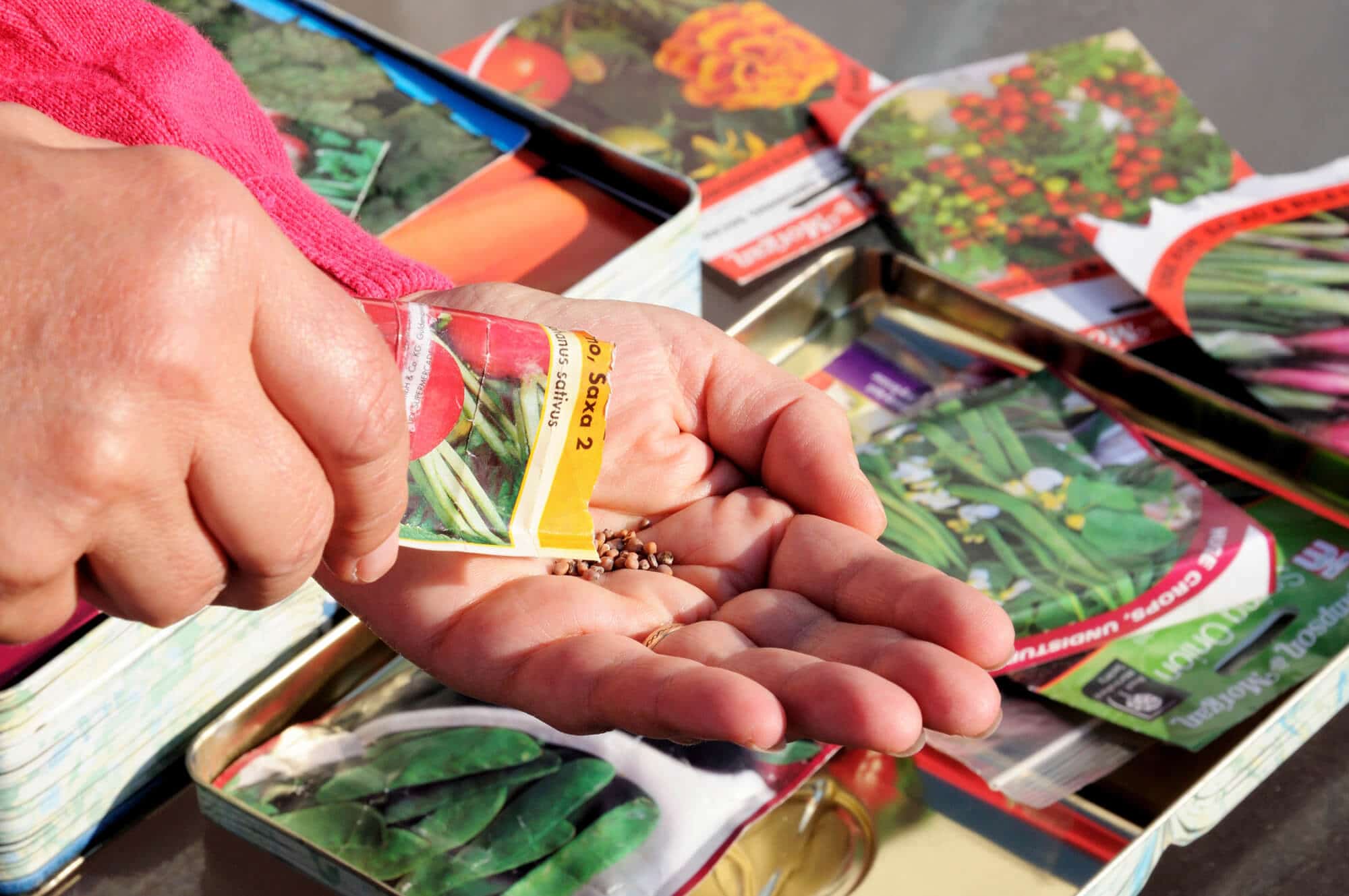
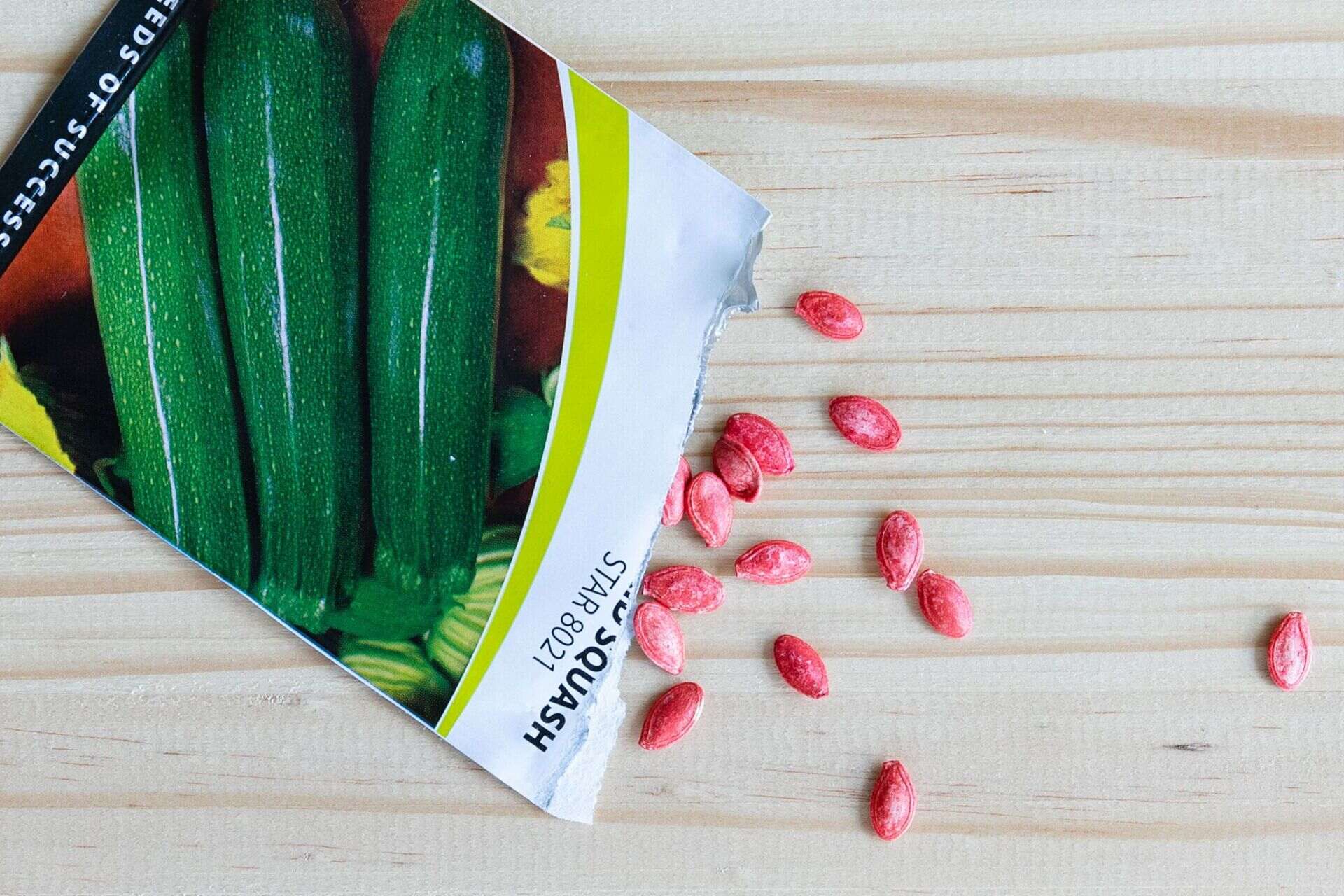
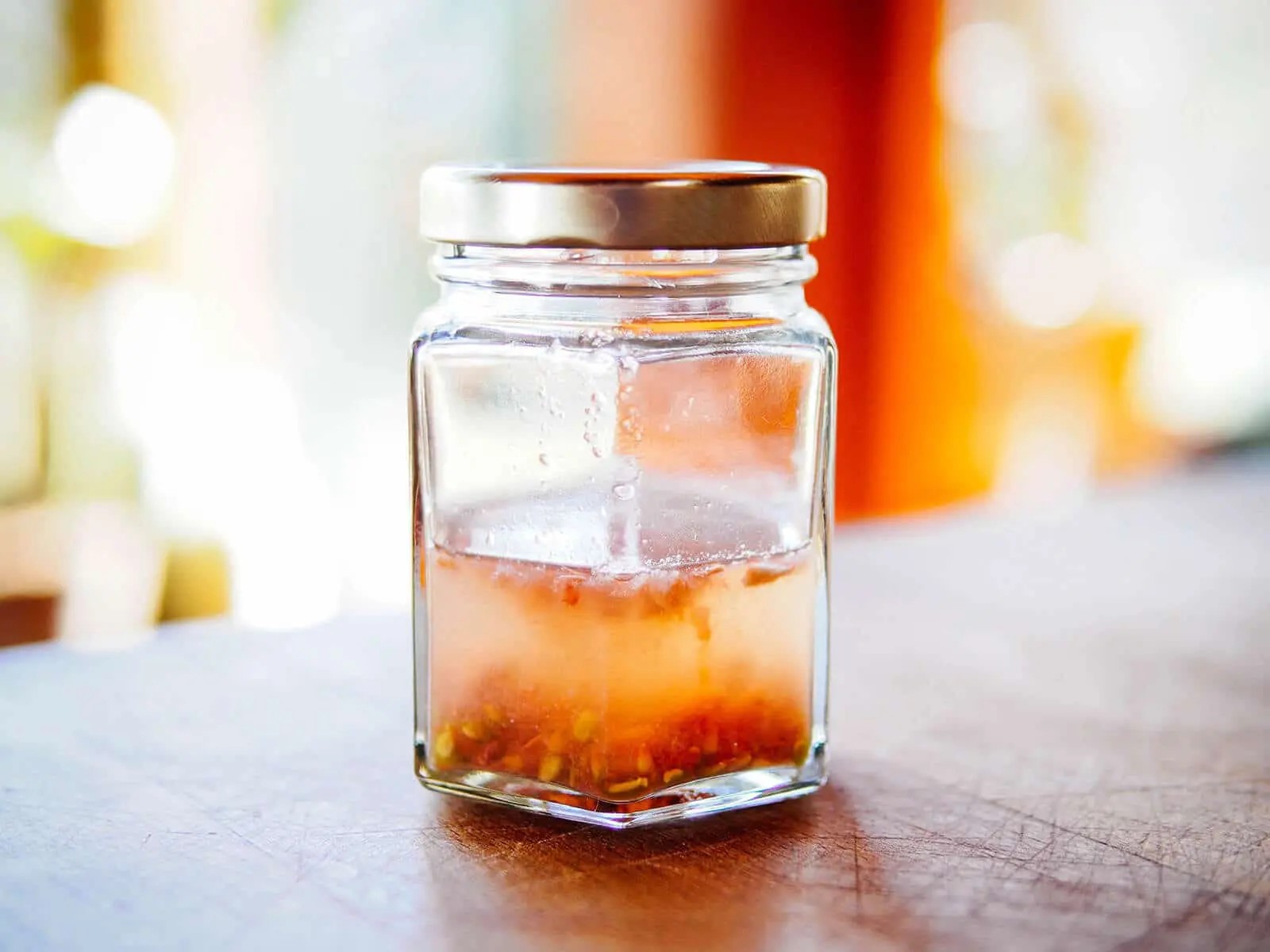
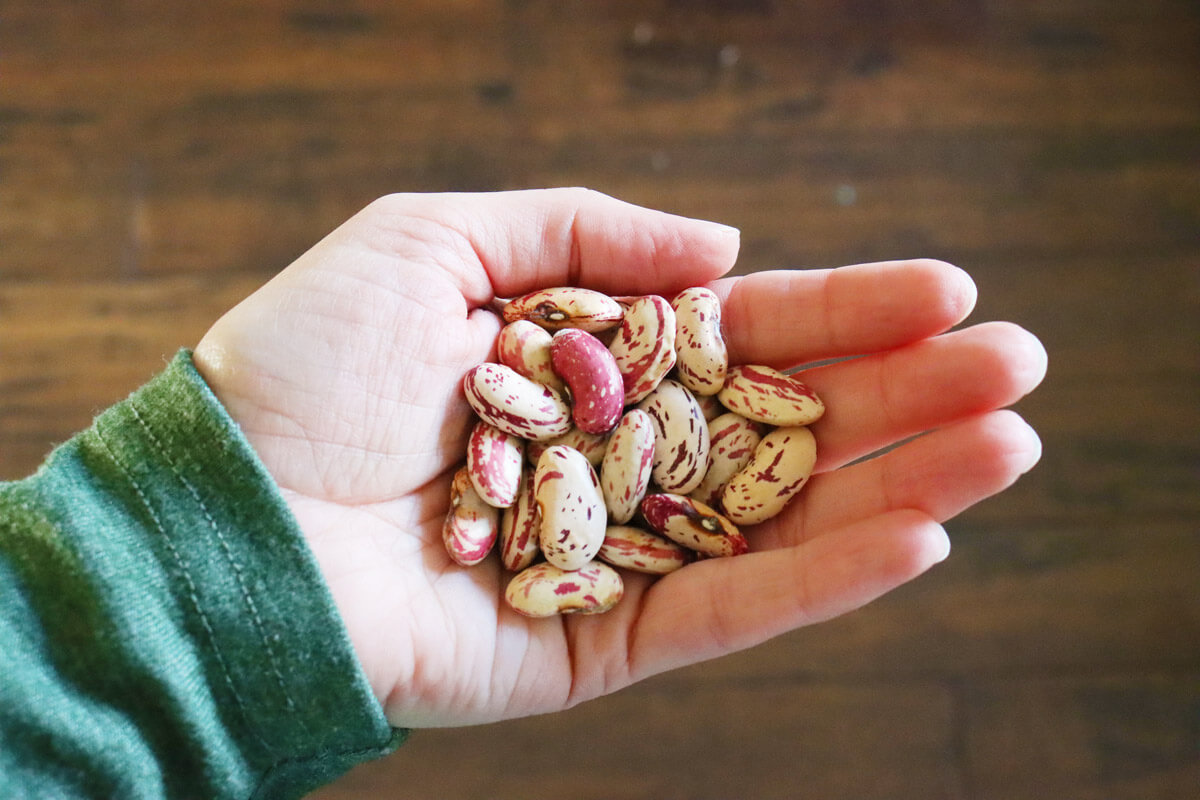
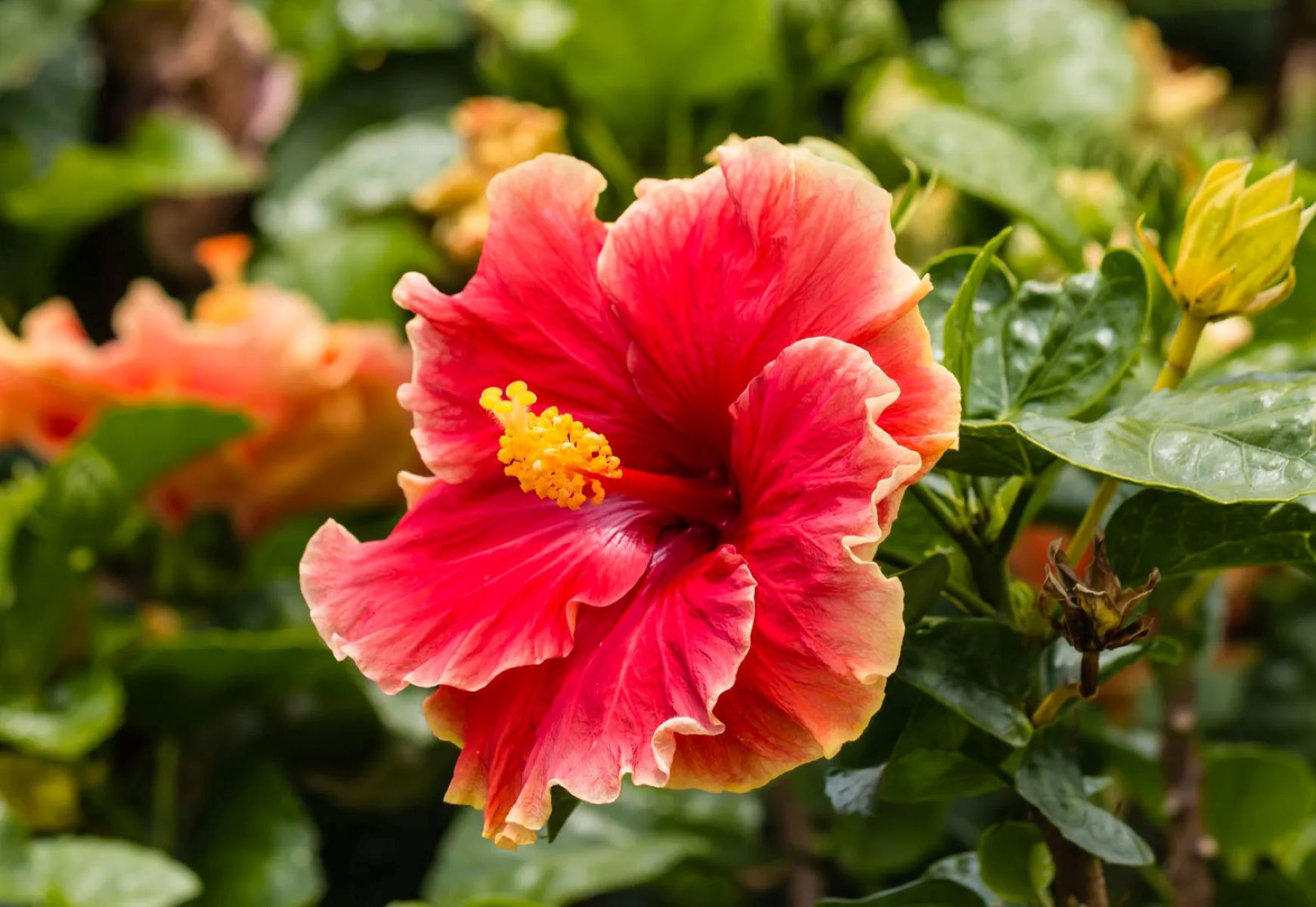
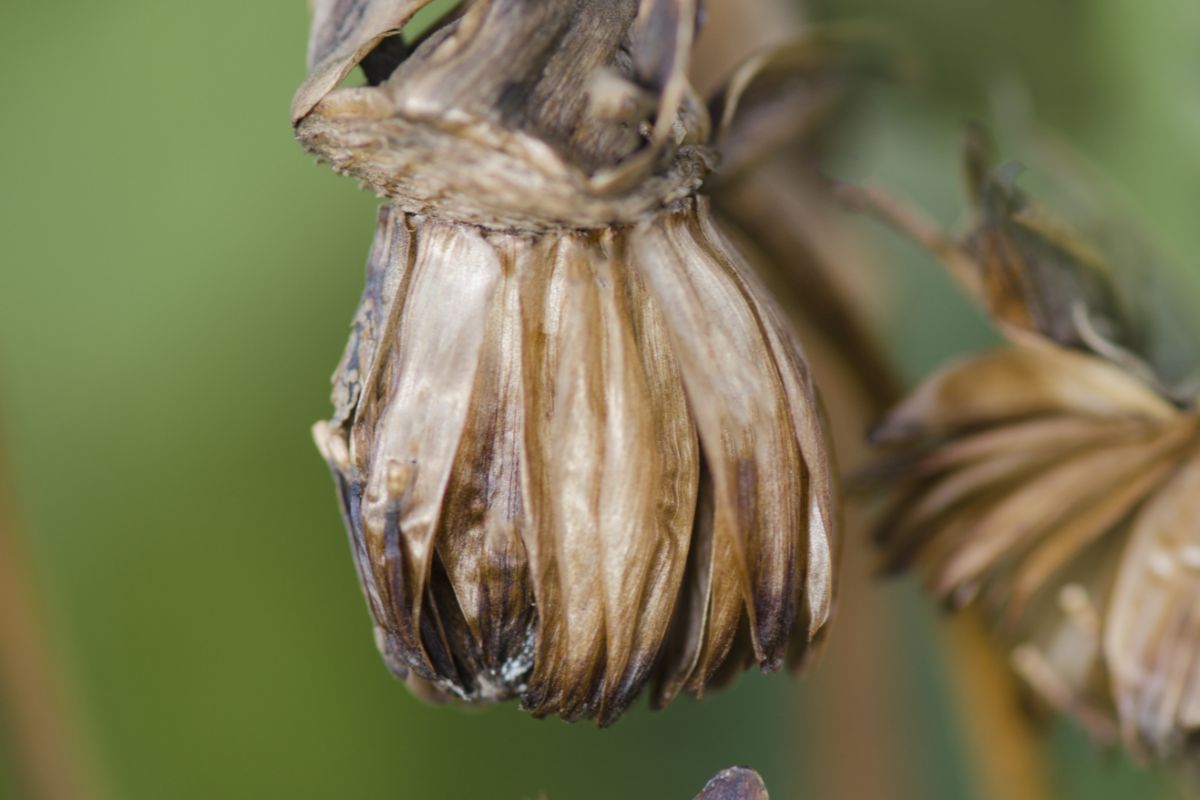
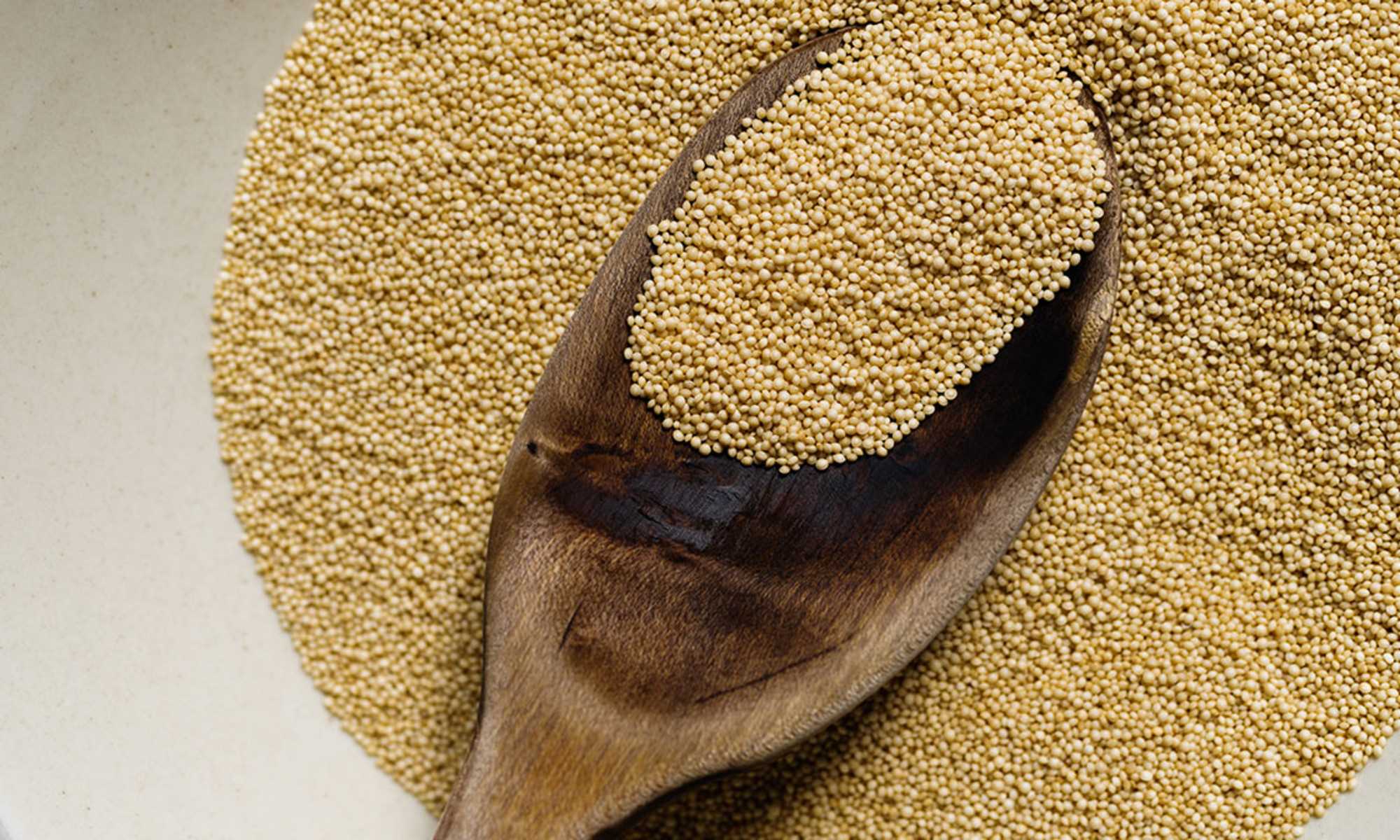
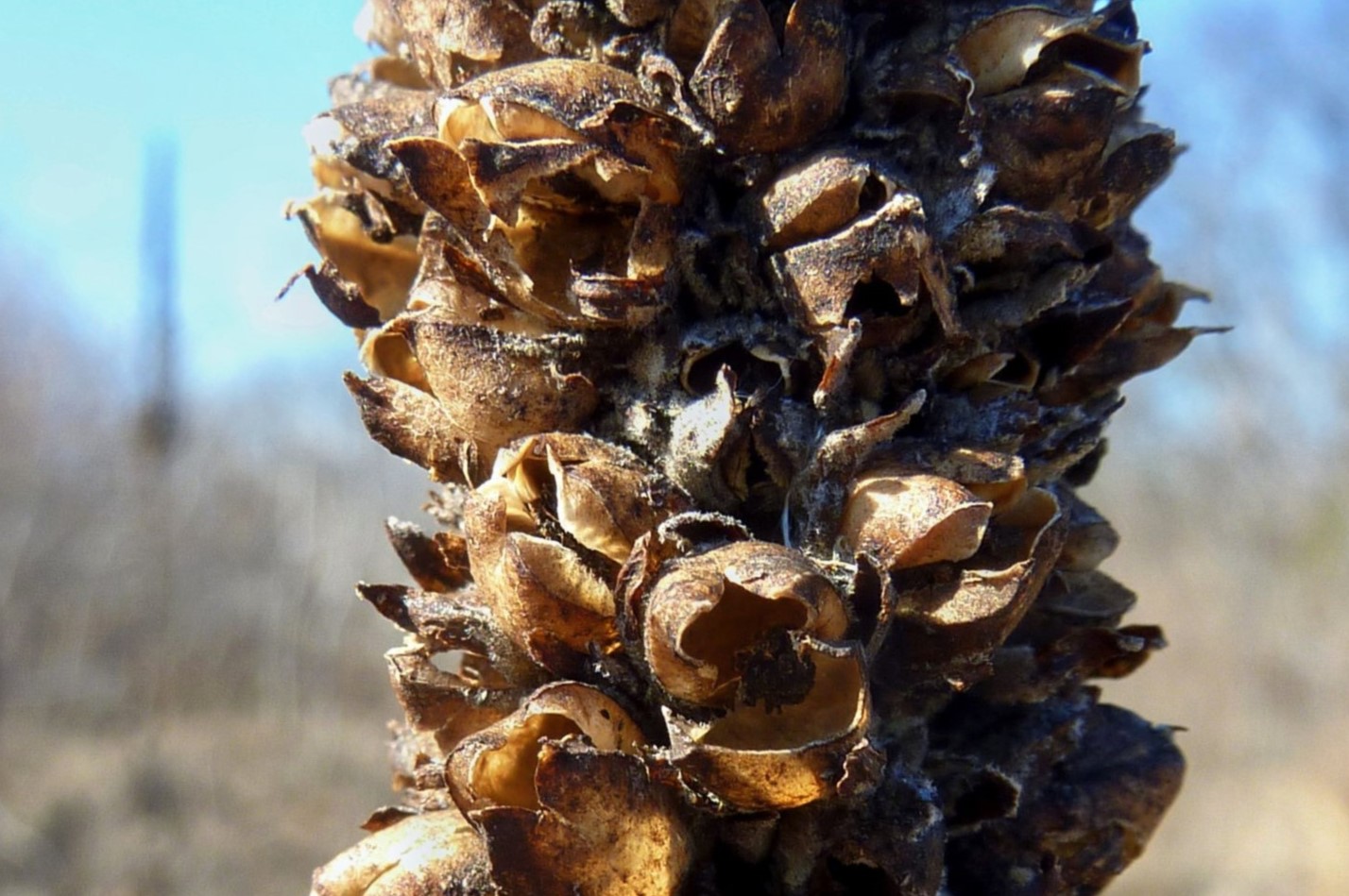
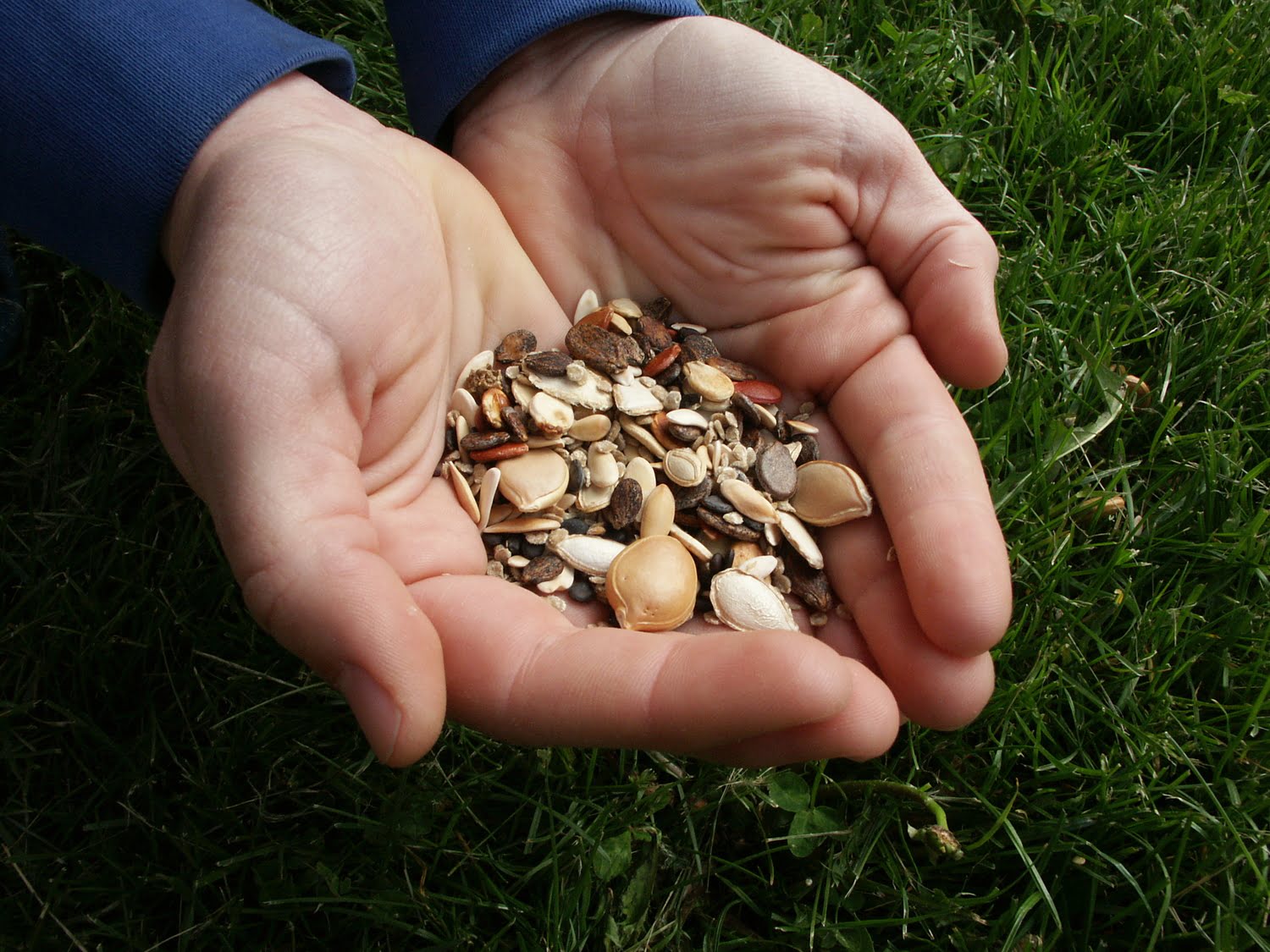

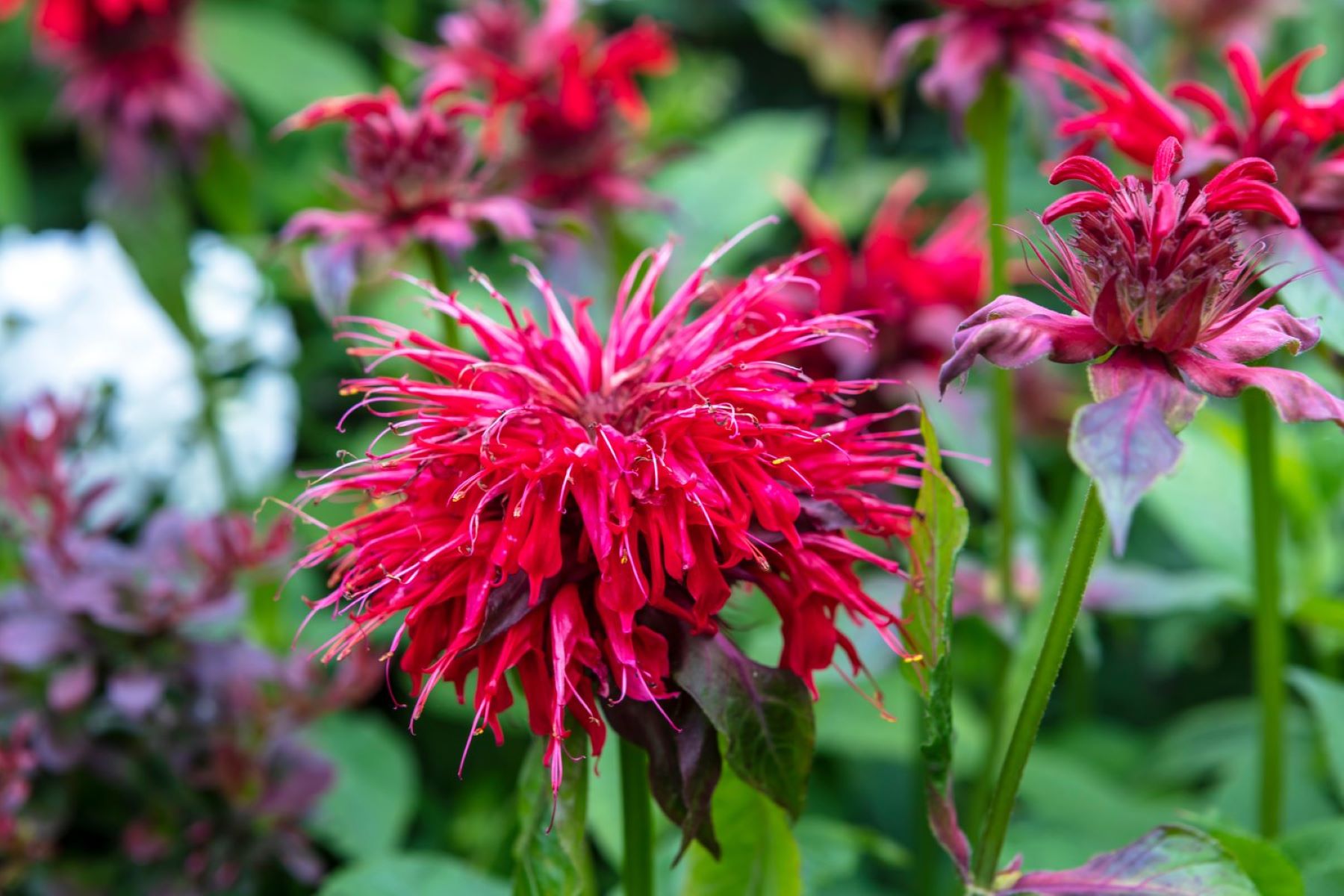
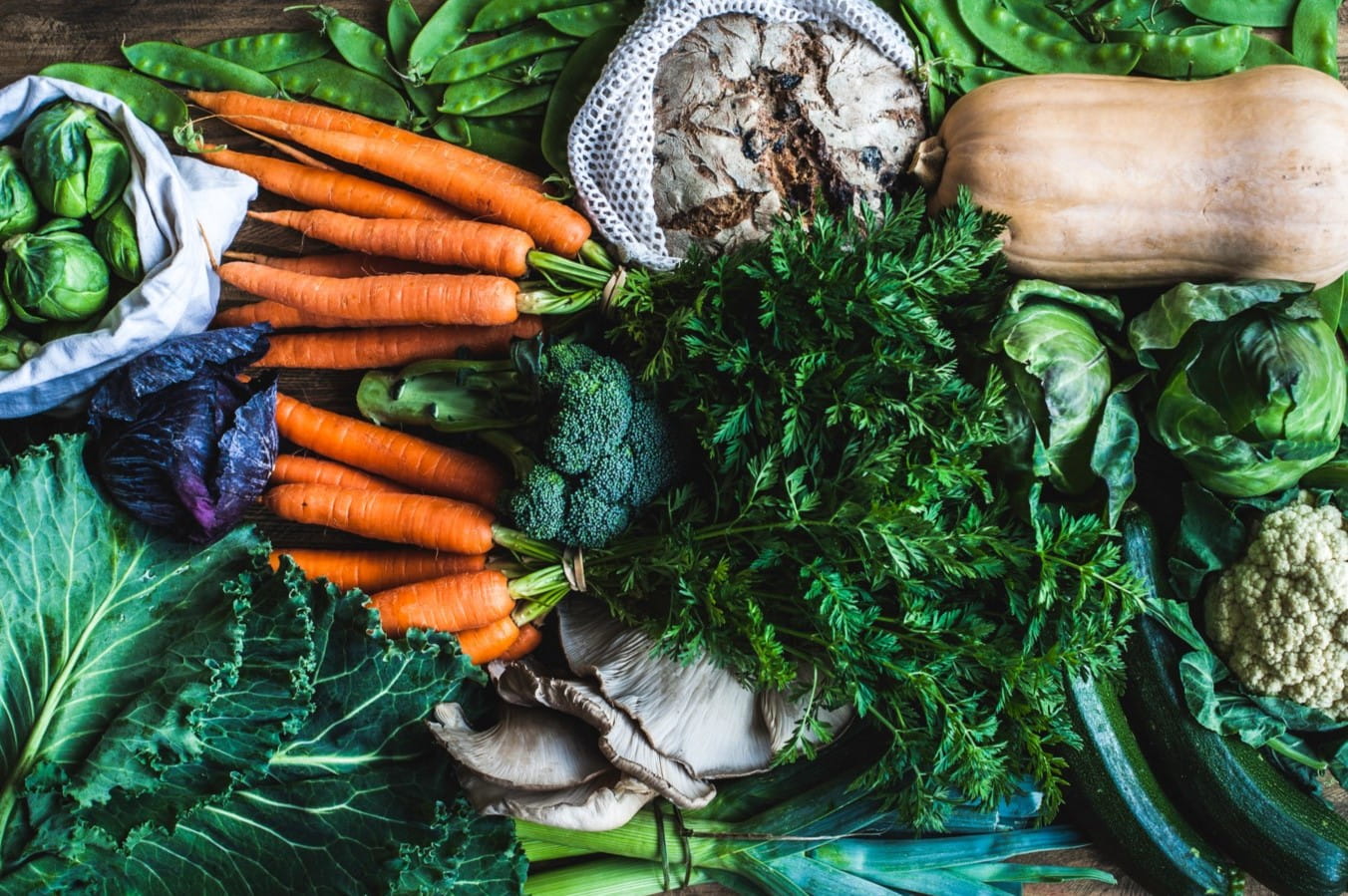
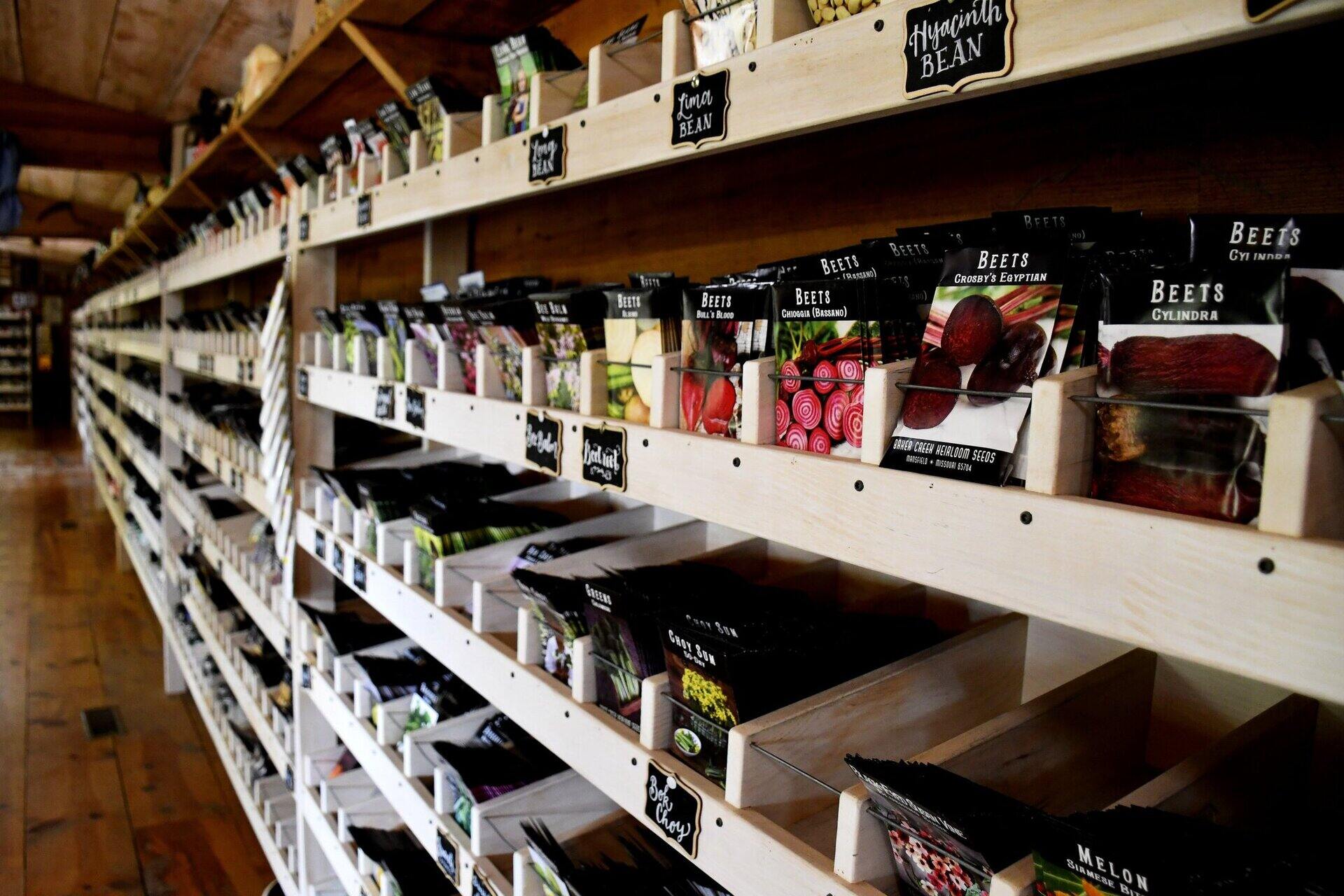

0 thoughts on “How To Collect Heirloom Seeds”